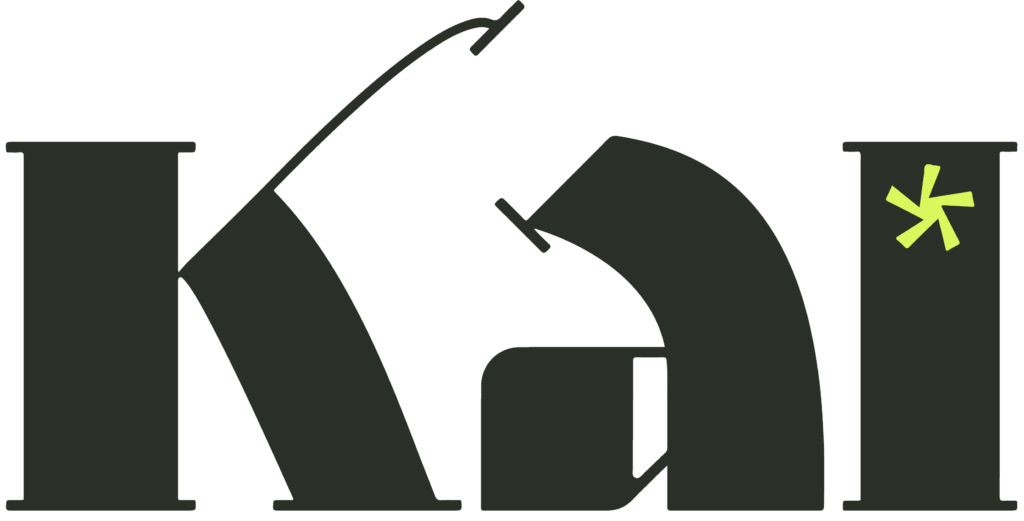The news that the new 988 mental health hotline is live, and the news has been buzzing. But, why exactly? Since the mid-1900’s, hasn’t the ability for someone to call in for support amidst suicidal thoughts been up and off the ground? Conceptually, yes, the service has been around, but what deserves our attention now is how the services have changed, and how access to them has improved. What deserves our attention now, with something as serious as our public health crisis around mental health, is also our willingness to ask: because something is better, is it solving the problem?
In short, 988 is a hotline that US citizens can call or text if they feel they are facing a mental health crisis. However, just in this brief description, there are three main differences in what the hotline is today, compared to what it was before.
- The number is short, universal, and easy to remember (following suit from the house-hold known emergency line: 911) compared to the ten-digit suicide hotlines have operated behind before. This is even more meaningful than simplification—now, if someone feels like they need to access the hotline, they don’t need to google search for the right number.)
- This hotline is designed to support people going through any mental health criss, not only suicidal thoughts, and does not require the caller to self-identify what their issue is, specifically. In other words, the support staffer is now prepared to receive the caller’s report on how they are feeling, and then guide them to the most appropriate next phase of support.
- The hotline supports engagement by text, which is critical considering that for the past decade, studies have been proving that teens prefer to engage by text over voice call.
With these improvements, along with the $400M+ in funding that the Biden Administration has dedicated to support it, the Substance Abuse and Mental Health Services Administration expects the 988 hotline to be contacted roughly 7.6 million times by July of 2023. With a better system and more support to keep it running well, there is a huge step in the right direction. More people in crisis served at the right time by the right people can help our collective community keep on a better path to health.
Knowing that the Mental Health Hotline will be better staffed and set up to deliver needed impact is important news for Kai, too. There are thousands of instances when our product has prompted a Kai’er to engage with a hotline staffed with professionals in the past.
In fact, each month, Kai receives an average of 3,400 messages from teens expressing thoughts of suicide or self-harm—at which point, Kai encourages them to tap into the hotline to speak with a professional.
The typical dynamic looks something like this:
- A teen messages Kai to share their state of crisis
- Kai receives the teen empathetically, with a goal to make them feel less alone, and then reminds the teen that Kai is an AI companion and that they should reach out to the crisis hotline
- Kai asks the teen if they want to share a bit more about how they are feeling, and helps the teen identify the emotional cause of the crisis
- The teen further engages with more information
- Kai encourages the teen to turn to someone they care about, and the hotline, and also asks if they want to do some more reflecting
Because our mission is to nurture a better state of well-being for young people, handing Kai’ers off to a crisis hotline that was previously very under-resourced was sometimes concerning to our psychologists behind the scenes. Experts who know how crucial it is for people to receive adequate care right away when they raise the white flag. Now, with a stronger 988 program, Kai can guide young people in crisis to the hotline with more assurance of the overall continued care experience. This, in addition to the intentional delivery of the resources, joined by questions about reflection to help keep the young person feeling in touch with their feelings at the same time.
Right now, we see that over sixty percent of teens that initiate messages about suicide engage with at least five steps of conversational activity. We believe this is a positive indication that our conversational AI solution for improved well-being is something that helps keep teens’ feet on the ground in a time of crisis so they can be in a position to get the professional care that they need. (And with so many product enhancements in the works, we’re eager to determine just how much more impact this approach to intervention through empathetic, conversational AI can be.)
But, what happens when someone who feels like they are spiraling from poor mental health isn’t in the practice of reaching out, or texting for help? If they are not already engaging with a friend, therapist, or a companion like Kai on a regular basis, will they definitely consider engaging with a hotline? We hope that the answer is yes, but can’t help but wonder: are hotlines actually meeting people in crisis where they are at? With so many improvements to the 988 Mental Health Hotline itself, the next issue to solve might be: how to make sure everyone in need of help actually leans on it.
And beyond that, what are we doing as a society to help prevent people from feeling like they need to cry out for help in the first place?
As we grow at Kai to serve more and more teens, and continue to earn their trust when it comes to their most challenging emotional moments, we’re committed to guiding people to immediate support through hotlines, as well as helping them build their resilience over time to help them feel prepared to face the challenges that come their way, before feeling so despaired and discouraged to consider self-harm in the first place.





